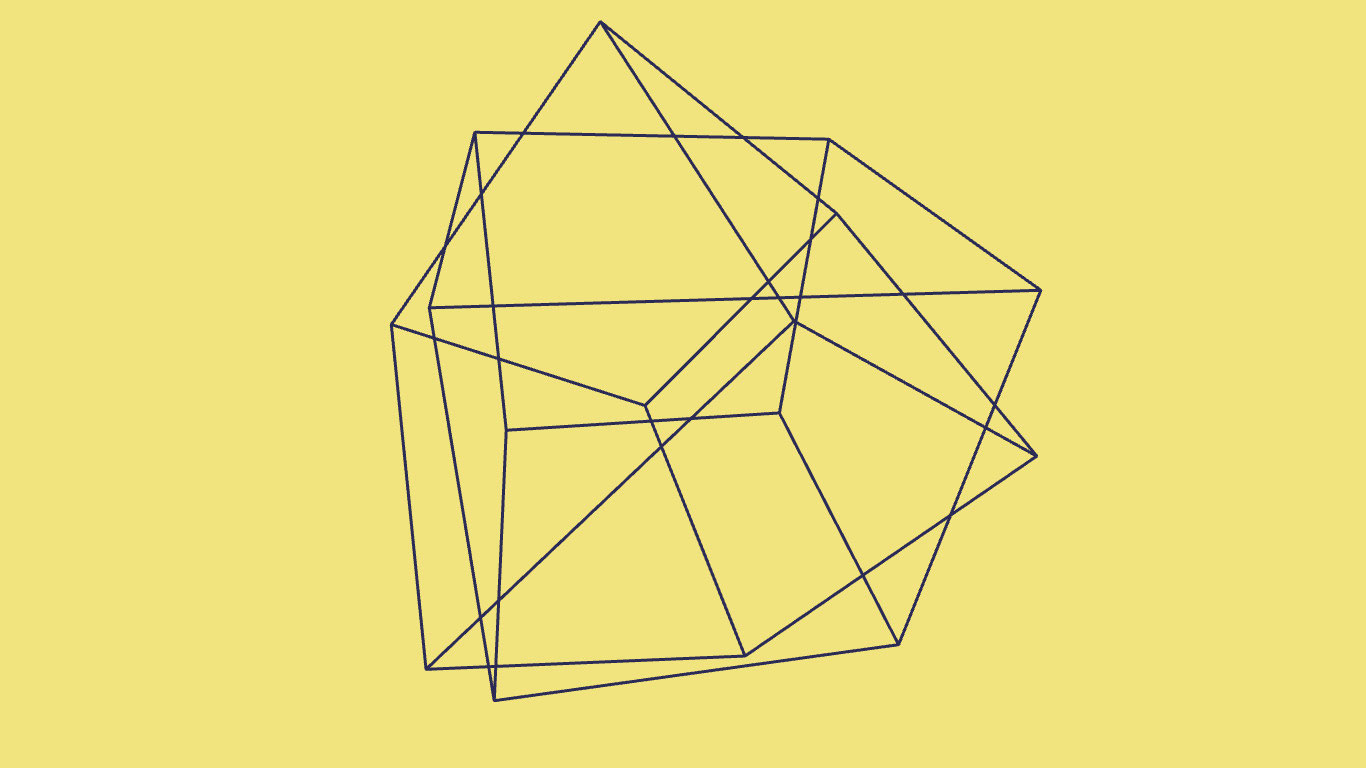Luis Fernando Medina Cardona
Ritmo 2021: a code generated experimental/animation short film
“Rhythm 2021” is an abstract animation short film product of a research-creation process carried out at the Faculty of Arts of the Universidad Nacional de Colombia (Bogotá) by the research group “Espacio de Producción Abierta de Medios” (Open Media Production Space). It is based on a formal experimentation with abstractions initially inspired by the short film “Rhythmus 21” by Hans Richter (Germany, 1921) and it proposes computer code as a new materiality for audiovisual creation in an analogous way to what celluloid represented a century ago in Richter’s short film. This version, called “prototype” because the short film can be considered a computer program, is a video rendering of the original program coded on the creative coding language Processing. All images and sounds were generated by computer code on this language, thus questioning the old duality between image and words, since the whole proposal was written in instructions to be interpreted by a computer. Following this, another paradigm of audiovisual production is re-experienced where the workflow is closer to software production than to normal audiovisual authoring. Although computer generated films are not new, the containing of sounds and moving images in a single textual artifact and the free software ethics used offer a new perspective. Thus, “Rhythm 2021” is an integral experiment in form, product and creative process. Consequently the distribution of the short film is also software inspired. There is a “binary” form of the film, the final video render to be experienced on-line, mostly using a password to comply with the restrictions of most of the cinema festivals. But also the source code of the film can be downloaded from Github, allowing viewers to remix the film if they have the Processing language. For the aforementioned reasons, this project can be seen as an experimental film, an animation film or a software art piece.
Although the short film coded in the Processing creative coding language can be considered the main media artifact, there are another complementary artifacts. These are created using free software tools and ethics:
- An explanatory fanzine designed on Scribus and Inkscape an published on the archive.org for free downloading.
- An experimental app for the android system where the film can be watched on mobiles phones without being on-line and using just 3M of storage.
- Academic papers from different stages of the project published in open access conferences and journals.
In this way, Ritmo 2021 offers a network of artifacts reflecting on the main short film piece where the free software ethics are embodied in the used tools, prototyping process and distribution channels. Moreover, the whole project develops our own concept called “Transmedia Punk” , in which free software practices are hybridized with the alternative media tradition (fanzines) or current related academic debates as open access and open science tenets.
These artifacts can be reached at:
https://linktr.ee/ritmo2021
Luis Fernando Medina Cardona
I am an associate professor at the School of Film and Television and hold a PhD in media arts and sciences from the Academy of Media Arts Cologne, Germany (Kunsthochschule für Medien, Köln – KHM). I am interested in the interaction between art, science and technology from an interdisciplinary perspective. Both my theoretical and practical work is related to free software and culture, collaborative creation methodologies and alternative media. I combine teaching and research with creative practices based on hacker ethics, DIY (do it yourself) and DIWO (do it with others). Also, open knowledge and the research-creation paradigm in a framework of southern epistemologies. My interests also extend to decolonial code studies and the ethical and artistic implications of algorithmic culture. I currently coordinate the research group “Espacio de Producción Abierta de Medios” (Open Media Creation Space) at the Faculty of Arts of the Universidad Nacional de Colombia and I am one of the co-editors-in-chief of the journal “Actio: journal of technology in design, film arts, and audiovisual communication”


